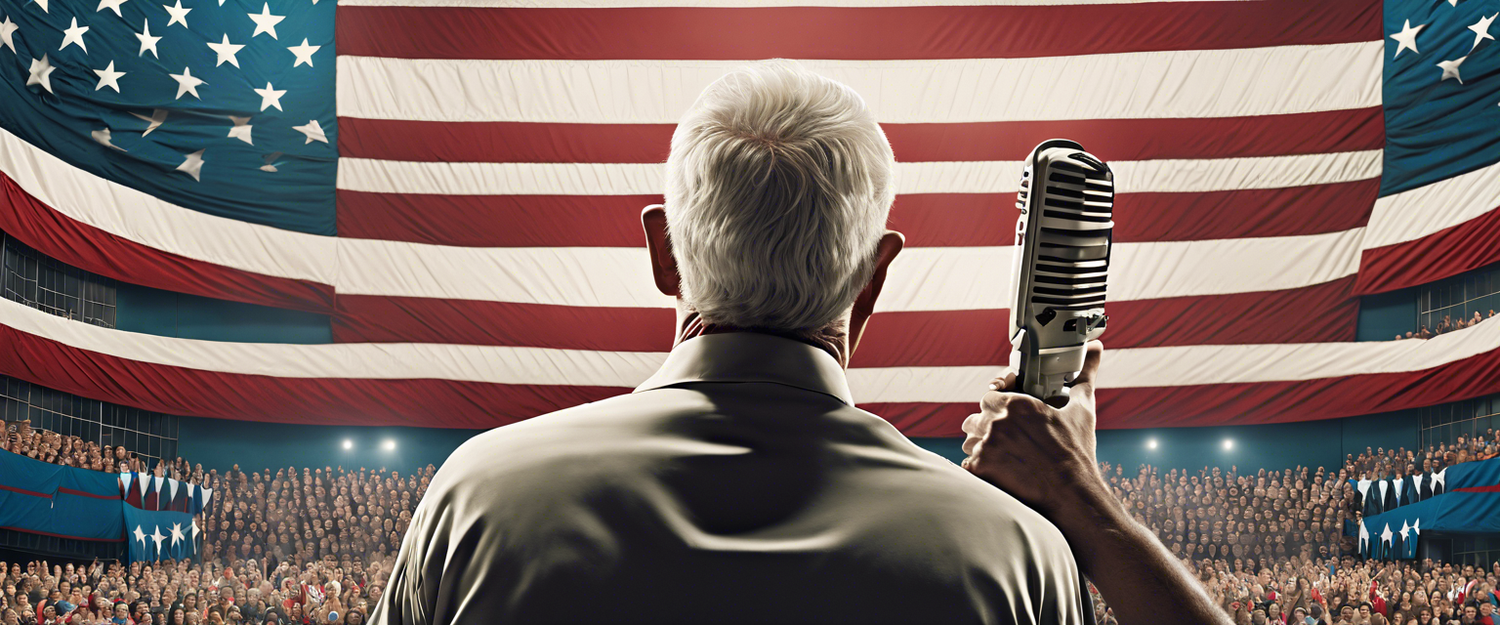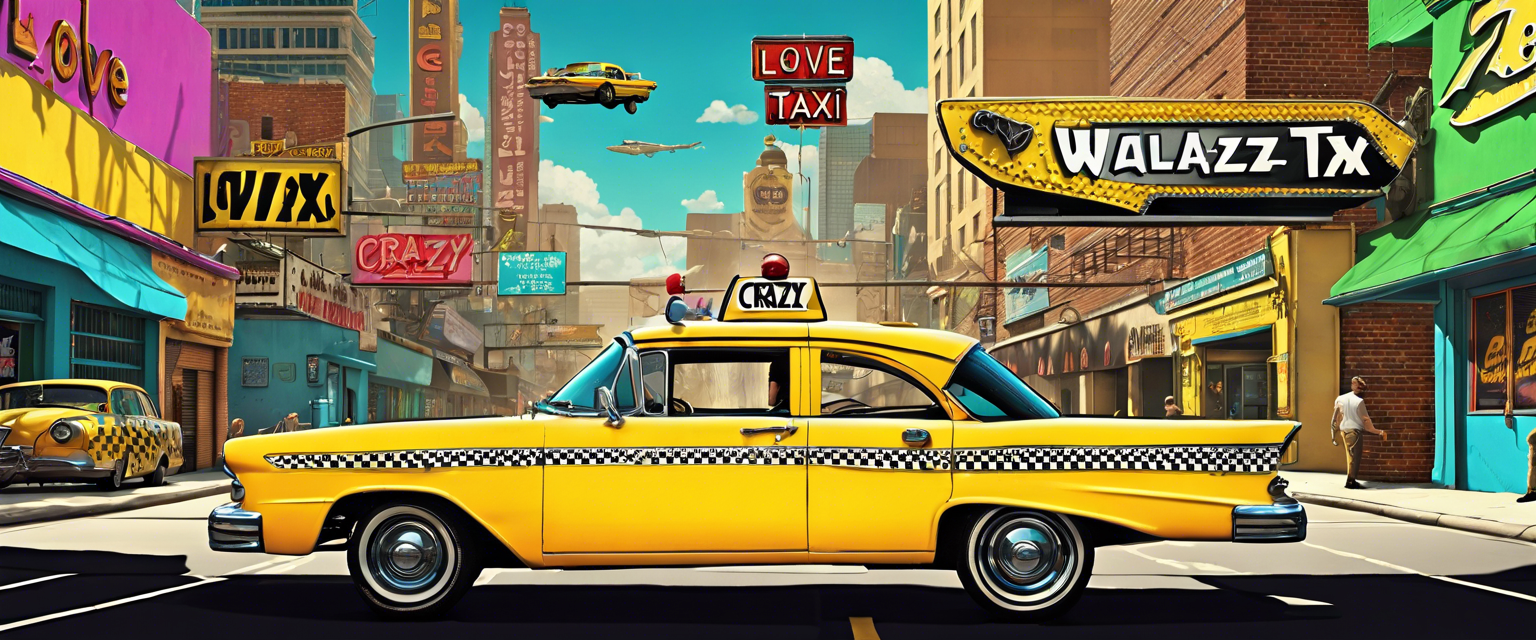Comparing the Democratic and Republican National Conventions: A Tale of Two Strategies
The recent Democratic National Convention (DNC) in Chicago presents a striking contrast to the earlier Republican National Convention (RNC) held in July. While both conventions aimed to showcase their respective parties, the atmosphere, engagement, and outreach were distinctly different.
The Atmosphere: A Party vs. A Somber Assembly
During the RNC, the roll call of votes nominating Donald Trump was characterized by scattered applause and a quiet room. The vibe resembled a jury delivering bad news more than a political party celebrating its future. In contrast, the DNC roll call was vibrant and full of energy. Each state was celebrated with a music playlist—featuring songs like "Sweet Home Alabama" and Kendrick Lamar's "Not Like Us"—and delegates energetically rallied around microphones, cheerfully announcing their support for Vice President Kamala Harris. Celebrity appearances, like Lil Jon's enthusiastic performance of "Turn Down for What," added to the festival atmosphere, creating a stark difference from the somber tone of the RNC.
Engagement and Content Strategy
The Democrats adopted a straightforward yet aggressive content strategy in the lead-up to the November elections: "flood the zone with content." However, this strategy comes amid disappointing viewer statistics—night one of the DNC garnered an average of 20 million viewers, a 22% drop from 2016, while the RNC drew even less, at 18 million. To combat this decrease, the DNC embraced modern platforms and media forms, reporting 7 million streams on its first night and 30 million views on content created by influencers.
The Influence of Content Creators
In a notable shift, the DNC welcomed around 200 content creators who mingled at yacht parties and private lounges, sharing their experiences with audiences. This included not just political influencers but also lifestyle influencers, reflecting a desire to reach a wider demographic—specifically younger audiences consuming fashion and lifestyle content alongside political updates.
Shaping Public Perception and Engagement
The 2024 presidential election has evolved into a cultural phenomenon, leveraging the power of pop culture to maintain political interest. The Harris campaign has particularly excelled at keeping the Vice President in the public consciousness through clever marketing that taps into the types of content people are already engaging with online. Moreover, negotiating the licensing of over 50 popular songs for the convention served as a brilliant tactic to invigorate the proceedings. This has led to a surge of organic content across social media platforms such as X (formerly Twitter) and TikTok, transforming potentially mundane moments into highly shareable experiences.
The Value of Earned Media
While both parties utilized paid media, the DNC’s success in generating organic content stands out as particularly valuable. Marketing professionals will recognize that this type of earned media is priceless compared to traditional paid advertisements. It resonates more effectively with audiences and fosters greater engagement, ultimately shaping perceptions in a more authentic way.
Conclusion: Lessons From the Conventions
The duality of the DNC and RNC reflects two distinct approaches in modern political campaigning. The DNC's exuberant and culturally aware strategy may prove influential, especially among younger voters whose engagement is key in today’s electoral landscape. As we head closer to the election, it will be insightful to observe how these contrasting styles impact voter turnout and party support.



Leave a comment
All comments are moderated before being published.
This site is protected by hCaptcha and the hCaptcha Privacy Policy and Terms of Service apply.